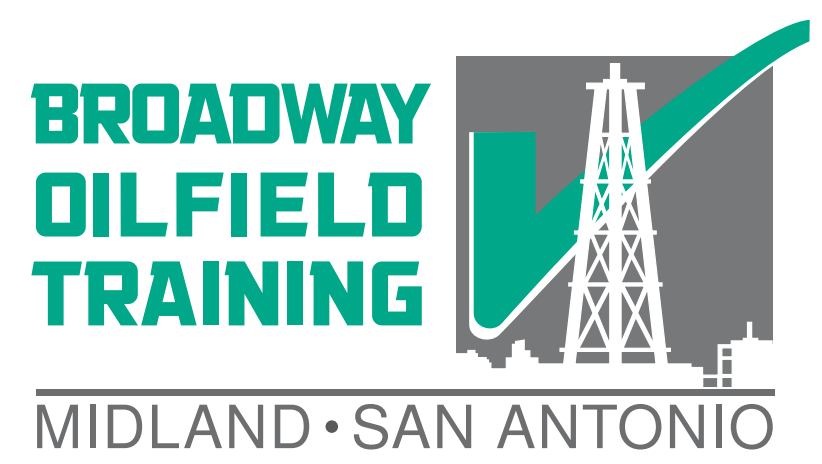In our SafeLand training we cover the needs of hearing protection for oilfield workers. When walking the streets of San Antonio during the day you may encounter heavy traffic and construction work. These trucks and machinery will give off a heavy level of noise which may be unpleasant. Depending on the operation, however, some of the oilfields south of San Antonio may have noise energy levels that are potentially ten times as high as those found on the noisiest streets of San Antonio.
South Texas oilfields, and especially the frac sites and rigs, are known for being extremely loud work environments. Given the large amount of diesel driven horsepower in the South Texas oil and gas environment, this is not surprising. The noise from each engine and pump adds to the total noise hazard at the wellsite.
HEARING HEALTH
Hearing health can be thought of similarly to back health or dental health; these things degrade over time when not protected properly from excessive hazards. When the ambient noise level is above 85 decibels (dB), then it can be assumed that the worker’s hearing is being degraded and should be protected. This leads to loss of the ability to hear, especially at higher frequencies, and eventually the worker may require a hearing aid to compensate for the loss of hearing. Some workers may also develop tinnitus, a type of hearing damage that is marked by ringing or whistling in the ears.
HEARING PROTECTION
Ear plugs form the first line of protection from excessive noise levels in the South Texas oilfields. These come in disposable varieties as well as reusable varieties that need to be cleaned between uses. Ear plugs can have a noise reduction rating up to about 30 dB, depending on the particular model. Due to this limitation, when the ambient noise level exceeds 105 dB earmuffs need to be worn in addition to ear plugs. The earmuffs combined with the earplugs create a cumulative noise reduction effect. If the earplugs contain a string connecting them then remove the string as this creates a conduit into the earmuffs.
SOUND ENERGY
Decibels is a logarithmic measure of the sound energy density in an area. Increasing power by a factor of 10 will raise the decibel level by 10 dB. If a worker is close to a large engine or on a large frac job (and South Texas fracs tend to be some of the largest) with lots of pumps, then this can easily push the noise level above the 105 dB level. A sudden release of energy, from a failure from energy control, has also been known to cause severe and instant hearing damage.
Recommended Training: San Antonio Safeland Classes
Notice: Article is provided as is and for informational use only. Eagle Ford Training San Antonio, its owners, instructors, and affiliates hereto referred as the company shall have no liability for and you shall defend, indemnify and hold harmless from and against any claim loss demand, liability, obligation, and expense based upon any injury or damage, spill or pollution, product liability, or any other loss that may occur. The liability for the use of information is solely yours notwithstanding any act of error or omission by the company.
